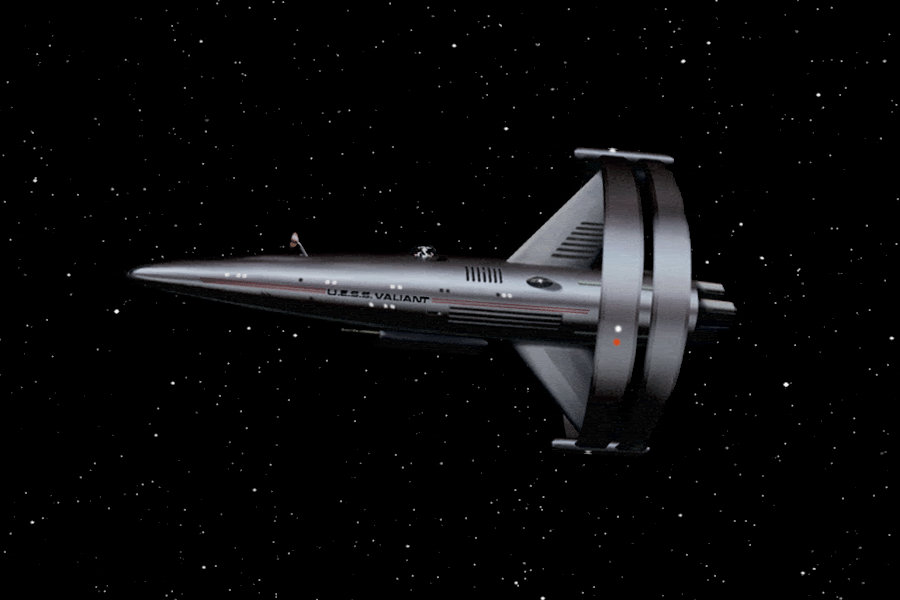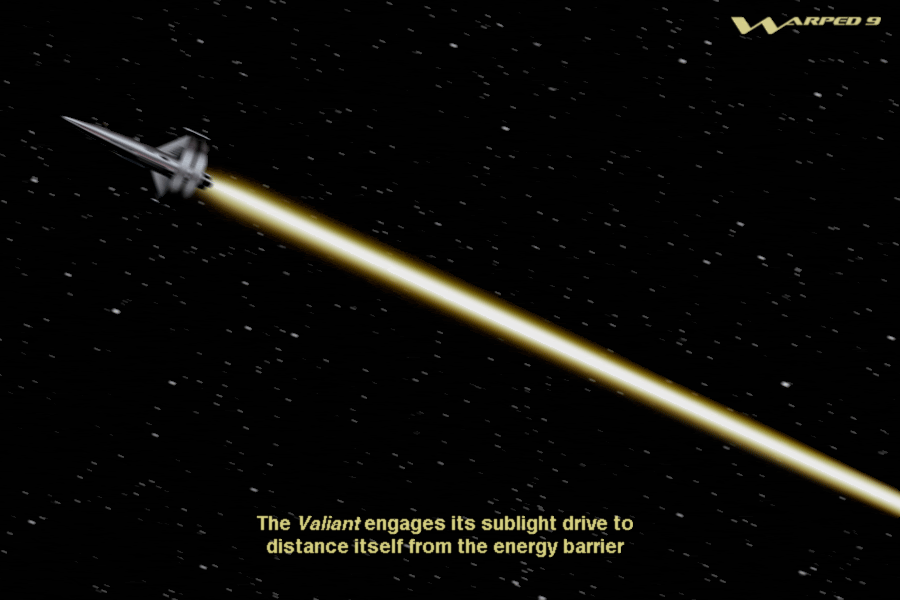We know how Jein, Okuda et al came to think WNMHGB's Valiant appeared. But the ship was mentioned at the dawn of Trek, not long after Jefferies had designed the Enterprise itself. How do you think Jefferies imagined the ship to have appeared-or any ship from two centuries before his Enterprise design? Do you suspect he already dreamed of submarines in space? Would he have imagined such a ship to look like his ringship proposal for Enterprise? Something entirely different?
I'm posting this question not so much as a call to design something - though feel free to do that if you like. Are there designs by Jefferies himself you think he'd have drawn upon, or designs by someone else you think capture that spirit and look he exemplified in his designs? In other words, what would have looked "right" to you if WNMHGB had started with a scene of Valiant itself being destroyed?
I'm posting this question not so much as a call to design something - though feel free to do that if you like. Are there designs by Jefferies himself you think he'd have drawn upon, or designs by someone else you think capture that spirit and look he exemplified in his designs? In other words, what would have looked "right" to you if WNMHGB had started with a scene of Valiant itself being destroyed?



 That is to say, there are no cruisers or tugs or science vessels or hospital ships. This is all Earth of the late 21st century could muster; a general-purpose modular FTL spacecraft that could swap out ring pods for mission-specific applications. (Not unlike the Eagles of SPACE: 1999)
That is to say, there are no cruisers or tugs or science vessels or hospital ships. This is all Earth of the late 21st century could muster; a general-purpose modular FTL spacecraft that could swap out ring pods for mission-specific applications. (Not unlike the Eagles of SPACE: 1999)